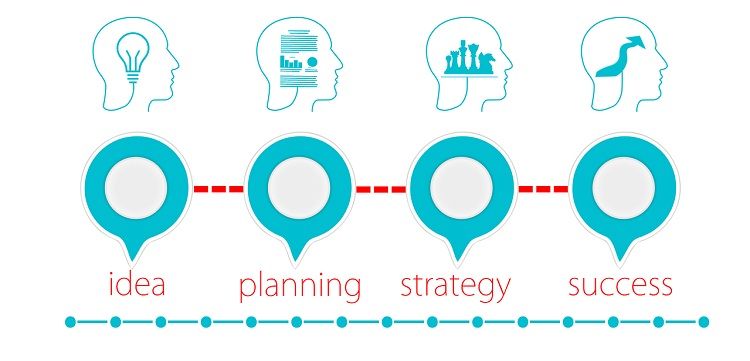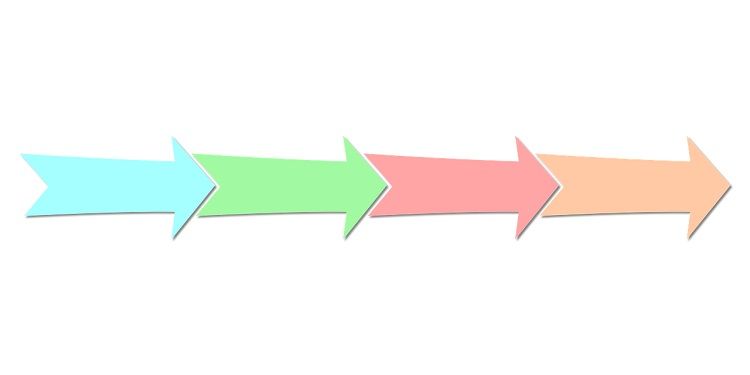How to Do a Project Evaluation (With Tools)
Project managers evaluate their projects to see if the projects meet organizational and team goals. Assessing projects after completion can help you better understand impacts and identify areas that need improvement.
Project evaluation is crucial for any project as it can provide insights and lessons for future projects. Once you have completed the project appraisal process, it is important to share your findings with stakeholders and your team members. While there are many methods to evaluate a project, here are the basic steps you need to take regardless of which method you choose.
1. Develop an evaluation plan
When creating your project, you should consider the objectives and goals you want to achieve and share them with your team to give them a clear path forward. The goals you set can help you choose the project evaluation method you want to use.
For example, if the project goal is to increase team productivity, you might want to review task completion data as a tool to assess productivity rates. You may want to learn how to set project milestones for greater productivity.
2. Select evaluation source and prepare for implementation
In the first step, you choose how you want to collect the data for the analysis. You can opt for interviews, focus groups, surveys, case studies, or observations. Choose an assessment tool that fits the people you want to get information from, which means identifying the people you want to include.
Whether you plan to interview or survey people, you need to prepare the questions in advance. If you’re using a focus group, you’ll need to send out invitations, pick a date, and list questions.
After you’ve selected your evaluation source and are ready to implement, share a detailed schedule and delegate tasks so your team is prepared for the next step. If you’re not sure who does what, you might be interested in the top tips for defining team roles and responsibilities.
3. Implement project assessment
While the project is underway, monitoring all elements is crucial to ensure it is on budget and on schedule. It’s helpful to create status reports that you share with the team so everyone knows about the project status.
The implementation process differs depending on the assessment tools and methods you choose. It would help if you focused on the following:
- Pre-project evaluation: This is where you develop project goals, which you use to determine the feasibility of the project.
- Ongoing evaluation: Monitor details like budget, quality of work and schedule.
- Evaluation after the project: Measure the success of the project through outcomes and impact.
4. Check the data
Once you’ve collected the data for the assessment, it’s time to analyze it for weaknesses, strengths, and trends. It is also an opportunity to check if the project has come close to the goals and objectives set at the beginning. You can use the team’s goals to translate the received data for the next step.
5. Create a report for your team
After you have completed your data analysis, you need to summarize the assessment results. You should choose a format that meets the needs of the reader, i.e. your stakeholders and team members.
After the completion of each project, it is a valuable habit to provide a report of your project evaluation. It can draw attention to areas that need improvement, have intended and unintended impacts, and determine whether or not the team has met its goals. Before writing your report, you might want to learn about the best types of project management reports that you should know.
6. Discuss next steps
The last step in the project evaluation process is to discuss the next steps based on the results. It is important to start a discussion about the results of the evaluation.
A discussion can stimulate innovative ideas to improve the team, strengthen communication, and inspire suggestions to improve future projects. If you want your report to get the attention of stakeholders and get your team’s attention, you may want to see how you can incorporate top tips to make your project reports stand out.
Below are tools you can use for your project assessment. You may find that some are better suited to your project than others.
1. Polls
Polls are an assessment tool that you can use to find out how a group of people are feeling before starting a project and then ask them questions. This assessment process can measure various things, including self-esteem, preferences, achievements, and attitudes.
It would be best if you survey members of your target audience. You can see if people’s feelings change positively after completing the project, and if that was the project goal then you know you’ve achieved it. You may conduct surveys in a variety of ways, including by telephone, paper, or electronically.
2nd observation
Observation allows you to assess or monitor a situation or process while documenting what the observer sees and hears. Viewing behaviors and actions in a natural context can provide insight and understanding about the object you are evaluating. When using observation, it is important to use a consistent and systemic approach when collecting data.
3. Case Studies
Case studies can provide more depth than other assessment tools. When conducting a case study, focus on a specific group within a community, village, individual, or subset of a larger group. You can use case studies to illustrate trends or show stark differences.
A case study analysis requires pulling critical themes and findings to predict future trends, highlight hidden issues, or provide an understanding of a key issue with greater clarity.
4. Interviews
Interviews can be a qualitative or quantitative assessment tool, depending on how you use them. The process involves a conversation between an interviewer and the person answering the questions.
You can use interviews to gather narrative information and data to better understand a respondent’s unique worldview, perspectives, and opinions. There are several types of interview techniques and approaches, including:
- Structured interviews: These are quantitative investigations, often survey-based research with standardized questions in questionnaire format. The answers usually have the structure of a multiple-choice list and are not open-ended.
- Semi-Structured: As the name suggests, it is a mixed framework of general topics and predefined questions that can be adapted to the context of the interview session. The interviewer is free to omit questions and to play with the order of the questions asked, and the questions are open-ended and closed-ended.
- Unstructured: This format is informal or conversational, with all questions open-ended.
5. Focus Groups
Focus groups are group interviews that you design to explore people’s attitudes about a specific topic. They are an excellent way to discover the most common issues for the group or community when information is limited.
To conduct a focus group, you need to make sure you have a capable facilitator and that you have planned it well. Focus groups can provide detailed information on issues affecting a community or a specific demographic.
Are you ready for your next project evaluation?
Reviews are an essential part of any project and will help you confirm whether you have achieved your project goals and can help you establish best practices for future projects. If you don’t check what works and what doesn’t after each project, you risk repeating costly mistakes.
If you’re looking for a way to streamline your future projects, consider using project management software if you haven’t already. You may want to read some getting started information if trying out new software seems intimidating.









